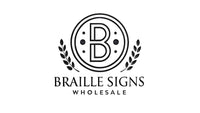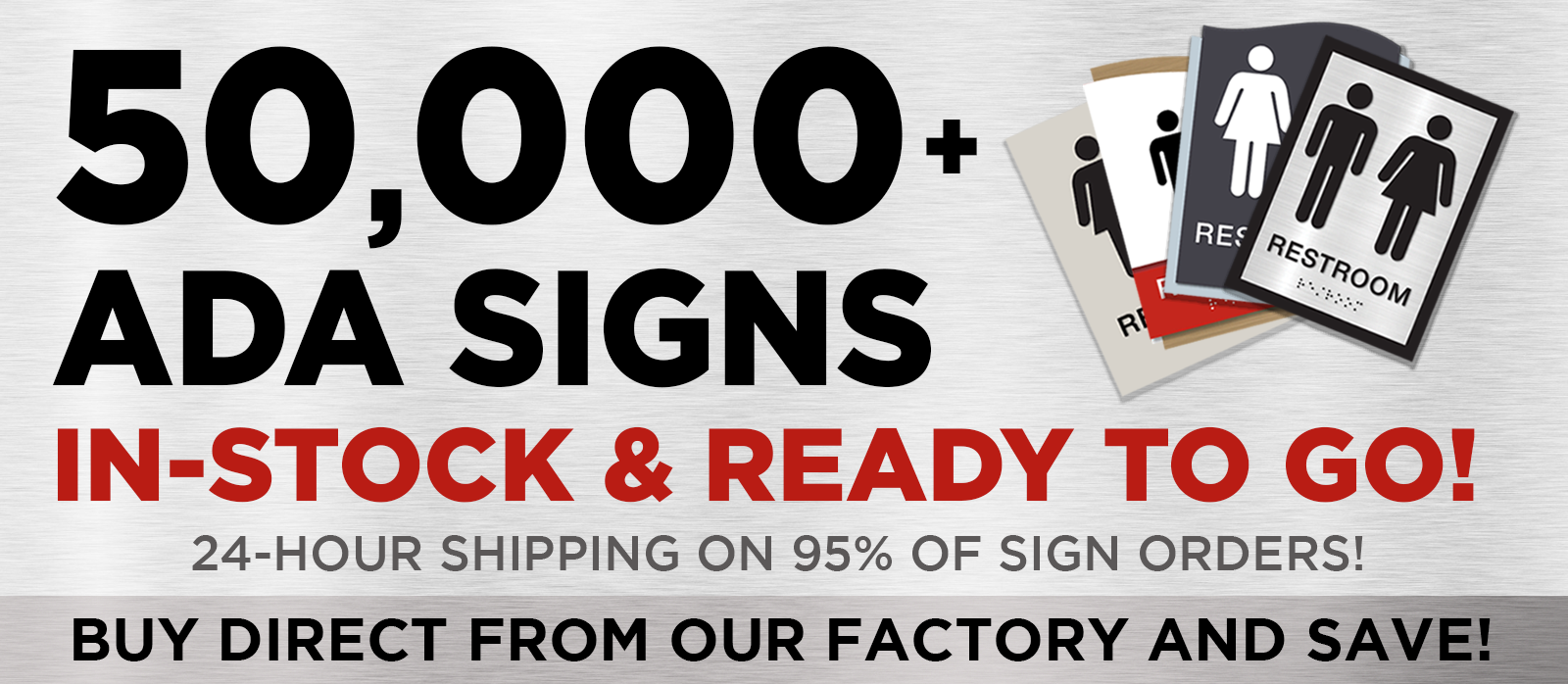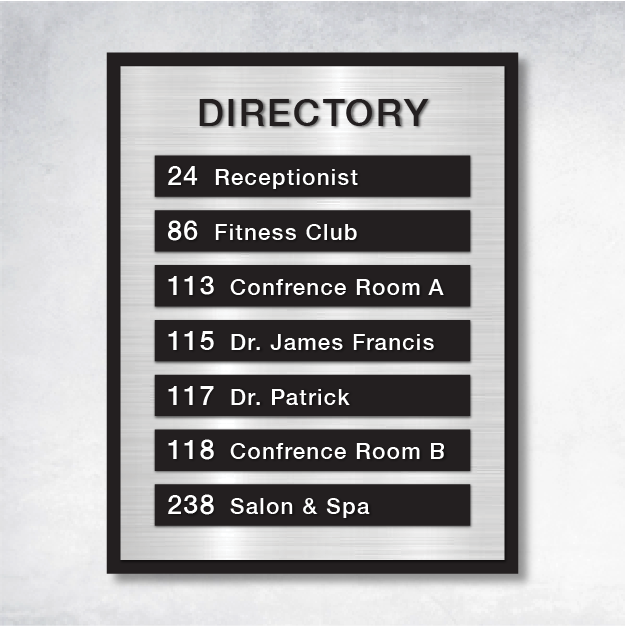Navigating Inclusivity: The Art of Tactile and Braille Wayfinding Signs
In our ever-evolving quest for inclusivity, tactile and Braille wayfinding signs have emerged as unsung heroes, transforming public spaces into accessible havens. These signs are more than just a legal checkbox; they are a testament to our commitment to ensuring that everyone, regardless of ability, can navigate spaces with confidence and independence. Let’s delve into the remarkable world of tactile and Braille wayfinding signs, exploring their significance, the art of their integration, and the myths that often cloud their perception.
A Touch of Guidance: The Essence of Tactile & Braille Wayfinding Signs
Imagine navigating a bustling hospital or a sprawling office complex without the ability to see. Tactile and Braille wayfinding signs are designed to bridge this gap, offering a lifeline to visually impaired individuals. These signs, with their raised text and symbols complemented by Braille, transform touch into a powerful tool for navigation. Wayfinding signage, particularly tactile and Braille signs, is indispensable in environments like hospitals, schools, and office buildings, where clear and intuitive navigation is paramount.
Beyond Compliance: The Heartfelt Impact of Wayfinding Signs
Wayfinding signs are not just functional; they are vital for the autonomy and safety of those with visual impairments. These signs empower individuals to navigate complex environments, alleviating anxiety and enriching their experience. From a legal standpoint, tactile and Braille wayfinding signs are mandated by laws such as the Americans with Disabilities Act (ADA), which champions accessibility for all. Compliance is not just about avoiding legal pitfalls; it’s about embracing inclusivity and demonstrating a genuine commitment to accessibility.
Crafting a Seamless Journey: Integrating Wayfinding Signage
Integrating wayfinding signage into your facility is akin to crafting a seamless journey for all users. Begin by pinpointing crucial navigation points like entrances, exits, elevators, and restrooms. Collaborate with experts to design signs that marry aesthetics with functionality. Resources like BrailleSignWholesale offer a treasure trove of Navigational Necessities Signs and Epsilon Corridor Sign B, ensuring both quality and compliance. The ultimate goal? An intuitive navigation system that serves every individual, regardless of their abilities.
Debunking Myths: The Truth About Tactile and Braille Signs
Despite their undeniable importance, misconceptions about tactile and Braille wayfinding signs abound. A prevalent myth is that these signs cater solely to visually impaired individuals. In truth, they enhance navigation for everyone, including those with temporary impairments or those unfamiliar with the environment. Another myth is the perceived complexity of implementing these signs. With the right resources and strategic planning, integrating wayfinding signs is a straightforward and rewarding endeavor.
A Vision for All: Embracing Wayfinding Signage
The transformative power of tactile and Braille wayfinding signs is clear. They enhance accessibility, ensure compliance, and foster a culture of inclusivity. By embracing their significance, dispelling myths, and implementing them thoughtfully, facilities can become welcoming and navigable spaces for all. Let’s harness the potential of wayfinding signage to create public spaces that are truly inclusive, where everyone can navigate with ease and dignity.









